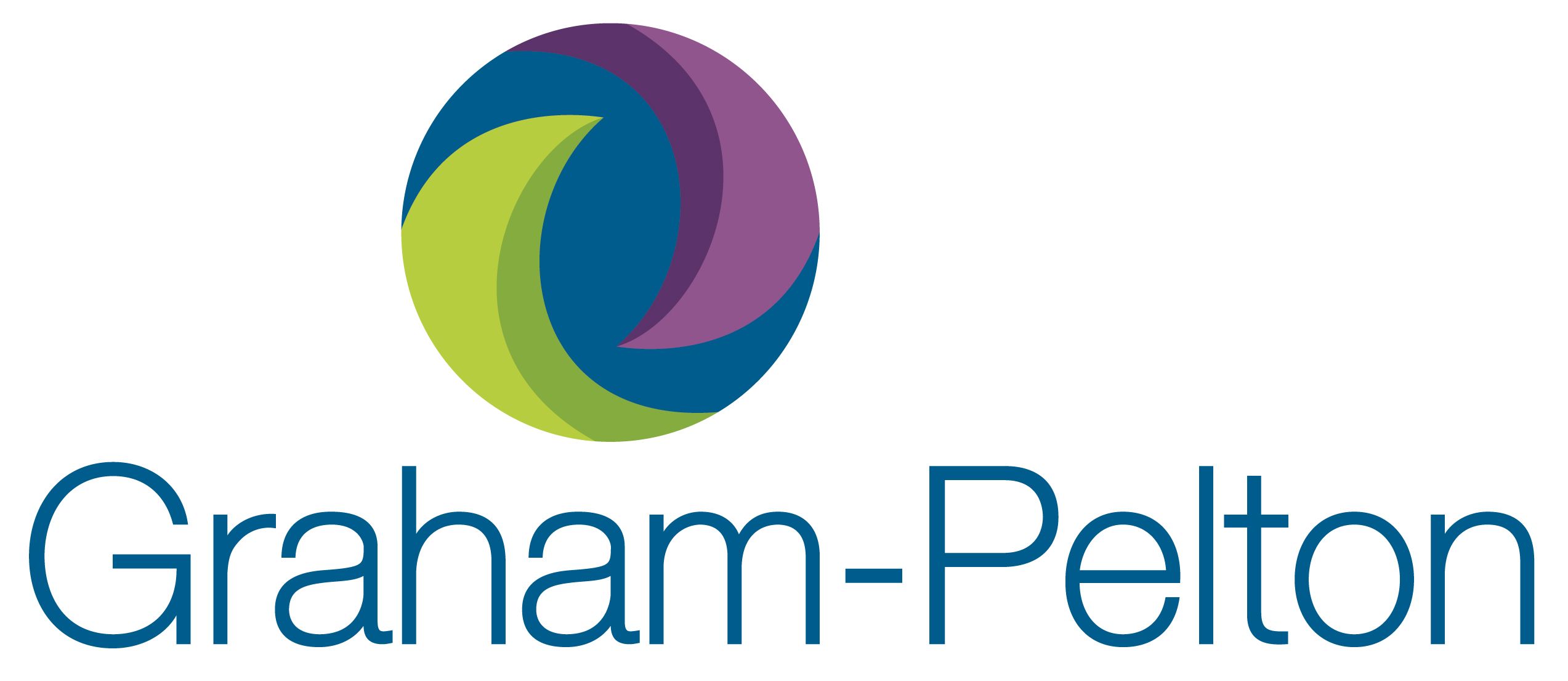The Most Effective Way to
Converse with a Potential Donor

Start with Shutting Up
Frontline development officers tend to be enthusiastic and optimistic people who enjoy interacting with current and potential donors. They are excited to share the story of how their organization is improving the world in the hope that the donor will share in this vision. This, of course, serves nonprofit organizations quite well.
That is, right up until it doesn’t.
Many development officers get so excited about telling their own story that they forget to ask the donor to share theirs. The result? The development officer talks too much and a genuine opportunity to really engage with a potential donor is lost. It’s understandable: you’re eager to share the story of your organization. In order to strike the right balance, remember to listen with the intent to understand, not with the intent to respond. You can often speak volumes without even opening your mouth.
A simple guiding principle is that if a development officer is talking more than 20-30 percent of the time in a meeting with a donor, they are committing development malpractice. How can you possibly understand what the motivating passions of a donor are if you are not allowing them to share their story?

Many development officers get so excited about telling their own story that they forget to ask the donor to share theirs.
It may seem obvious, but on development visits, the potential donor is the most important person in the room. Your job as the development officer is to actively listen to the donor’s story, ask leading questions, and then ask thoughtful follow-up questions. We are all guilty of not fully listening to another person when we are focused more on our response to them or in our eagerness to bring up the next topic. In fact, according to research from Harvard Business School, listeners estimate that they tune out during conversations about 30 percent of the time.
So, how can development officers have great conversations with donors without saying much ourselves? Here are some tips:
First, know thyself
If you are a “talker,” try practicing in your personal and professional life to reduce the sheer number of words that escape from your lips on a daily basis. You might be surprised what you hear and how others respond.
Make a plan
In advance of arriving for an appointment, ask yourself the following:
- What is my goal for this visit?
- What do I want to learn about the potential donor?
- What questions should I ask in order to find out that information?
- What would be an ideal outcome of the meeting and potential next step?

Many development officers get so excited about telling their own story that they forget to ask the donor to share theirs.
Many development officers get so excited about telling their own story that they forget to ask the donor to share theirs.
Remember to listen with the intent to understand, not with the intent to respond. You can often speak volumes without even opening your mouth.


Take in your surroundings. This will put the donor at ease by talking about things that are important to them.
Take in your surroundings. This will put the donor at ease by talking about things that are important to them.
Value silence
During the visit, be sure not to respond to everything the donor says immediately when their lips stop moving. Allow for there to be a little silence once in a while. Silence allows time for reflection for both of you and lets the potential donor know that what they have to say is the most important part of the conversation.
Take in your surroundings
If you are meeting in a home or office, scan the room where you are meeting and ask questions about things of interest in the room. This will put the donor at ease by talking about things that are important to them, which helps you put the focus on the donor, not on you and your organization.
Be a body “double”
Pay attention to the donor’s body language and cadence of speech. Mirror the donor as much as possible in terms of your own posture, position in the room, facial expression, and tone/pace of speech.
Second verse, same as the first
At the end of the visit, be sure to revisit several things you heard them say during the conversation. This forces you to pay closer attention, and it shows them that they are important and that you heard them. Do the same in your follow-up letter/note/email.
How about them Jets?
At your next visit with the donor, refer to some topic you covered with them the last time and acknowledge what you heard.
- Do they have a favorite sports team?
- Do they visit a certain area of the country regularly?
- Are they fascinated by a particular podcast?

Take in your surroundings. This will put the donor at ease by talking about things that are important to them.
Remember this and ask them about it. And there’s no need to wait for a formal visit to do so. A quick call or email to check in with this topic as the main sentiment can send a powerful message. There is a saying:
You were given two ears and one mouth for a reason. Sometimes it is best to close your mouth in order to really hear those around you.
By actively listening and engaging with potential donors, you are enabling the relationship between them and your organization to grow in a meaningful way. Their passions fuel their philanthropic activity, and it is your role to understand what inspires them to give. All you need to do is listen.
Graham-Pelton is a fundraising and management consulting firm for leading nonprofit organizations worldwide. Our mission is clear: elevate philanthropy so nonprofits can flourish. Learn more at grahampelton.com.

